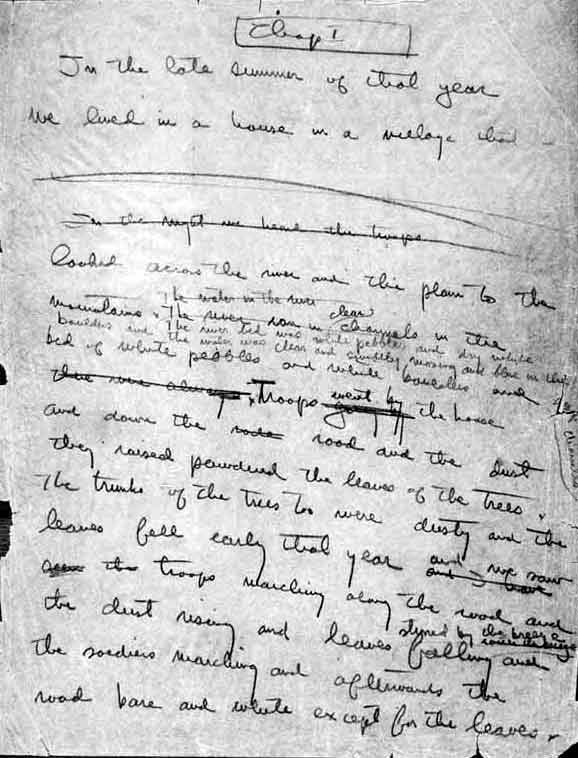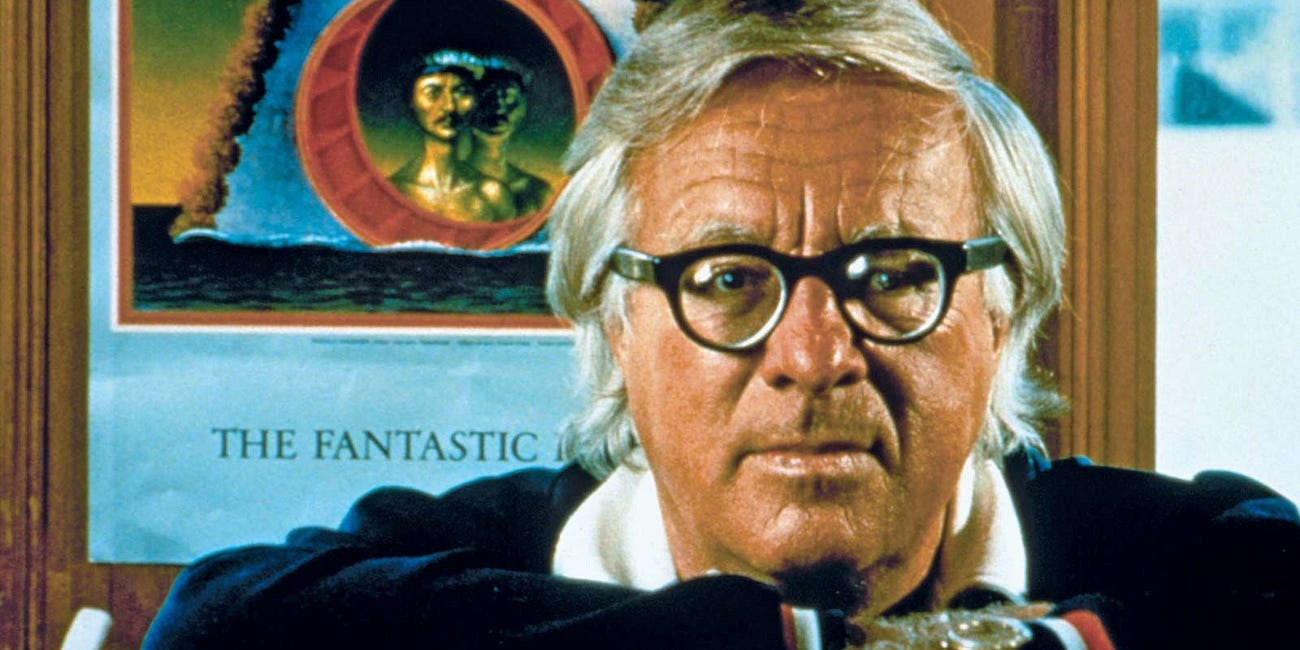Discovering the story as you go can be very exciting. Many artists feel spontaneity is an important part of the creative process. Some may even feel it allows characters the space to speak for themselves.
The idea is that works of art already exist in the ether, and our job is to simply make them come to life. Many composers of music in particular feel that rivers of unwritten songs are out there ready to be accessed if only you listen. Life-long artist and art teacher Kate Ransohoff wrote and illustrated a beautiful book about this called "Elijah's Palace." And just as it applies to all forms of art, the concept just may apply to everything under the sun!
But for book-length projects, the danger is that you can end up with a big unruly mess. To prevent this, it's helpful to have a basic road-map of where the story is headed.Pantser: a writer who does not plan ahead, but prefers to “fly by the seat of their pants”
Plotter: a writer who plans out every chapter and scene advance
Tips to keep pantsers on track:
Write out a tentative list of chapter titles in advance. This is the most basic and fun way to know where you're going, and what you hope to cover.
Think of an image to go with each chapter title and write the chapter with that image in mind. (Visualize an image if you don't have an actual photograph.) This is a way of making the chapter concrete so that you focus on the specifics of the story to make it come alive.
A Bullet or Concept Outline helps you keep track of the action, characters, insights and realizations.
Reverse Outline -- you can write the "outline" after writing the scene/chapter to help you keep track of the story.
A Sketch Outline -- Ernest Hemingway wrote simple sketch outlines to summarize what he planned to write about. It's a simple skeleton of the story. (If anyone can find one of Hemingway's first drafts, please let us know in the comments -- long ago a professor handed out one of his bad first drafts, but I no longer have it and can't find it online.)Bear in mind that the seeds of problems with the storyline are typically found in previous chapters.
How do you work best?
When you have successful writing sessions, note the conditions that facilitated them. Where were you? Were you listening to inspiring music? Had you just exercised? What was your mindset? Sometimes it very much helps to not care too much and just knock it out.
Some people feel they work best at night when everything's quiet, like Croatian super-genius Nikola Tesla, assistant to Thomas Edison. He felt being able to "sense the stellar light" gave his work a boost.
Story Arc
As a pantser, you must be particularly aware of the narrative cohesion of the story. The key to doing so is to think in terms of story arcs to solve this: https://www.nownovel.com/blog/understanding-storytelling-arc/If you have found this post helpful, please like, subscribe and share this post!
Remember to tune out “all the flattery, all the criticism, and the potentially overwhelming sounds of the full orchestra and chorus next to you onstage. Focus only on your voice.” —Leontyne Price, opera star
Ray Bradbury: Stuff Your Head, Scrap Your Detractors
·
Born in Waukegan, Illinois, Ray Bradbury (1920-2012) never went to college, but spent much of his childhood in the library, where he was inspired by the Edgars: Edgar Allan Poe and Edgar Rice Burroughs. Best known for Fahrenheit 451 (1953), scroll down for a









I can personally certify that the Reverse Outline works, even if it seems like cheating at first.
So many roads lead to the magic kingdom of finished piece! It seems everyone must find their own Yellow Brick Road.